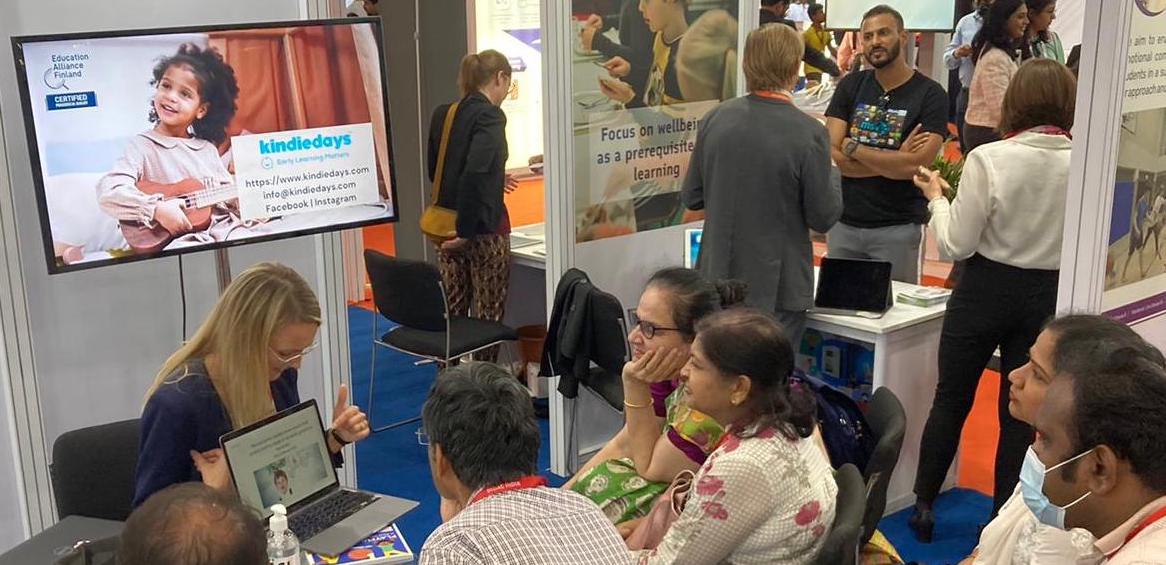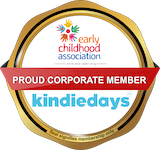Say hello to Under the Sea adventures! Water element and the world under the sea is interesting already by itself. Now we throw literacy to swim with the fish! See how literacy meets the wonders of the ocean.
Through Kindiedays' theme-based activities, children will dive into the world of letters, words, and imagination, all inspired by the enchanting creatures that inhabit the deep blue sea.
.png)
Theme-based lesson plans
Theme-based lessons make learning engaging and meaningful for children. By exploring a central theme, children can see how different subjects are connected, participate in hands-on activities, and develop their language, critical thinking, and problem-solving skills.
See an introduction video to lesson plans
Themes provide context for learning, allowing children to relate new information to their own experiences. This fosters motivation, active participation, and a deeper understanding of the subject matter, laying a strong foundation for future learning.
The Lessons are also connected to 5 learning areas and their objectives derived from the Finnish National Curriculum. However, the learning areas and objectives are often similar to other international curriculums and can easily be used in any Early Learning Center.
Get a 'fishy' lesson plan sample from here
.png)

.png)

.png)
